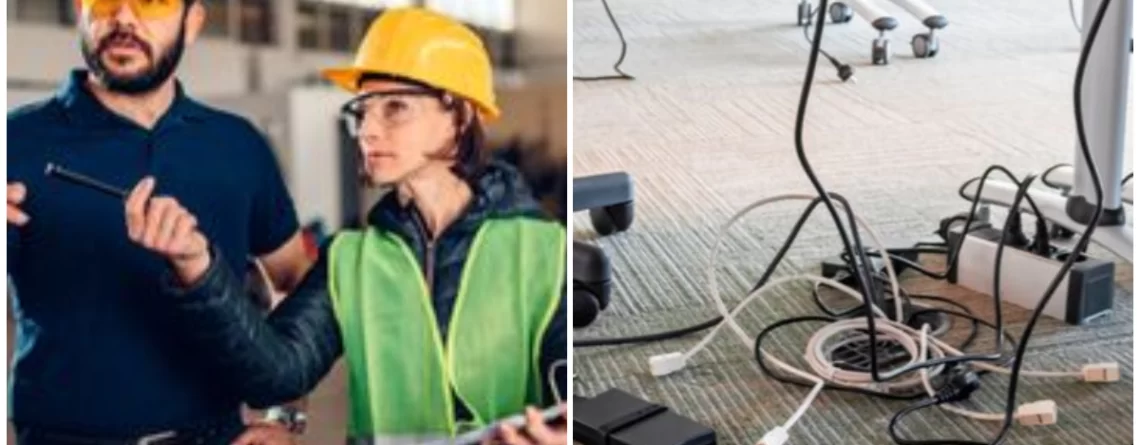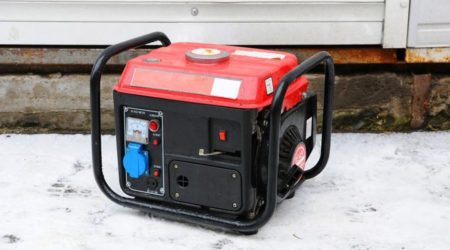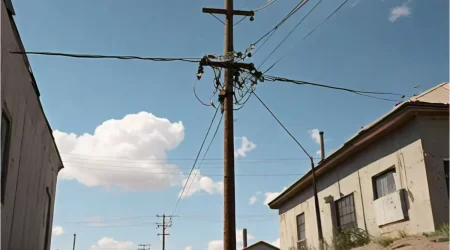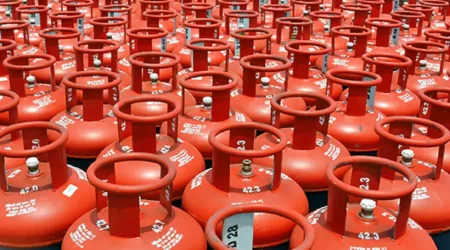Ways to prevent electrical hazards in the workplace
While your workplace may not seem a high-risk environment for electrical injuries, all businesses should consider electrical safety to protect their workers.
Electrical hazards can cause life-changing injuries or death if they are not properly managed. For employers, maintaining a healthy and safe workplace is vital
By following precautions and promoting a culture of electrical safety in the workplace, employers can significantly reduce the risk of electrical accidents and create a safer working environment.
Here are some ways to prevent electrical accidents:
- Employers should make sure all employees are aware of electrical safety at work and follow procedures and guidelines.
- Employees should report faulty equipment or another electrical hazard to a supervisor. The equipment should stop being used immediately and be checked by a qualified person.
- Employers should provide proper training to employees who work with electrical equipment to ensure they understand how to use it safely.
- Ensure there are enough electrical sockets to meet the needs of the workplace to prevent overloading. Discourage the use of multiple adaptors or extension cords on a single socket.
- Emphasize the importance of switching off and unplugging electrical appliances before cleaning or performing maintenance on them.
- Ensure that all electrical appliances are turned off at the end of the workday.
- Regularly inspect and manage electrical cables to avoid tripping hazards or falling accidents. Make sure electrical cords do not run through high-traffic areas, across doorways, or under carpets.
- Ensure employees working with electricity are competent and qualified to perform their tasks safely. Regularly review and update their training to keep them informed about the latest safety practices.
- Keep floors and work surfaces dry to prevent electrical equipment from coming into contact with water or other liquids.
- Implement proper drainage systems and address any leaks promptly.
- Maintain a minimum of three feet of clearance in front of electrical panels to allow for easy access in case of emergencies or maintenance.
- Schedule regular inspections and maintenance of electrical equipment to identify and address potential hazards before they become serious issues.












Leave a Reply